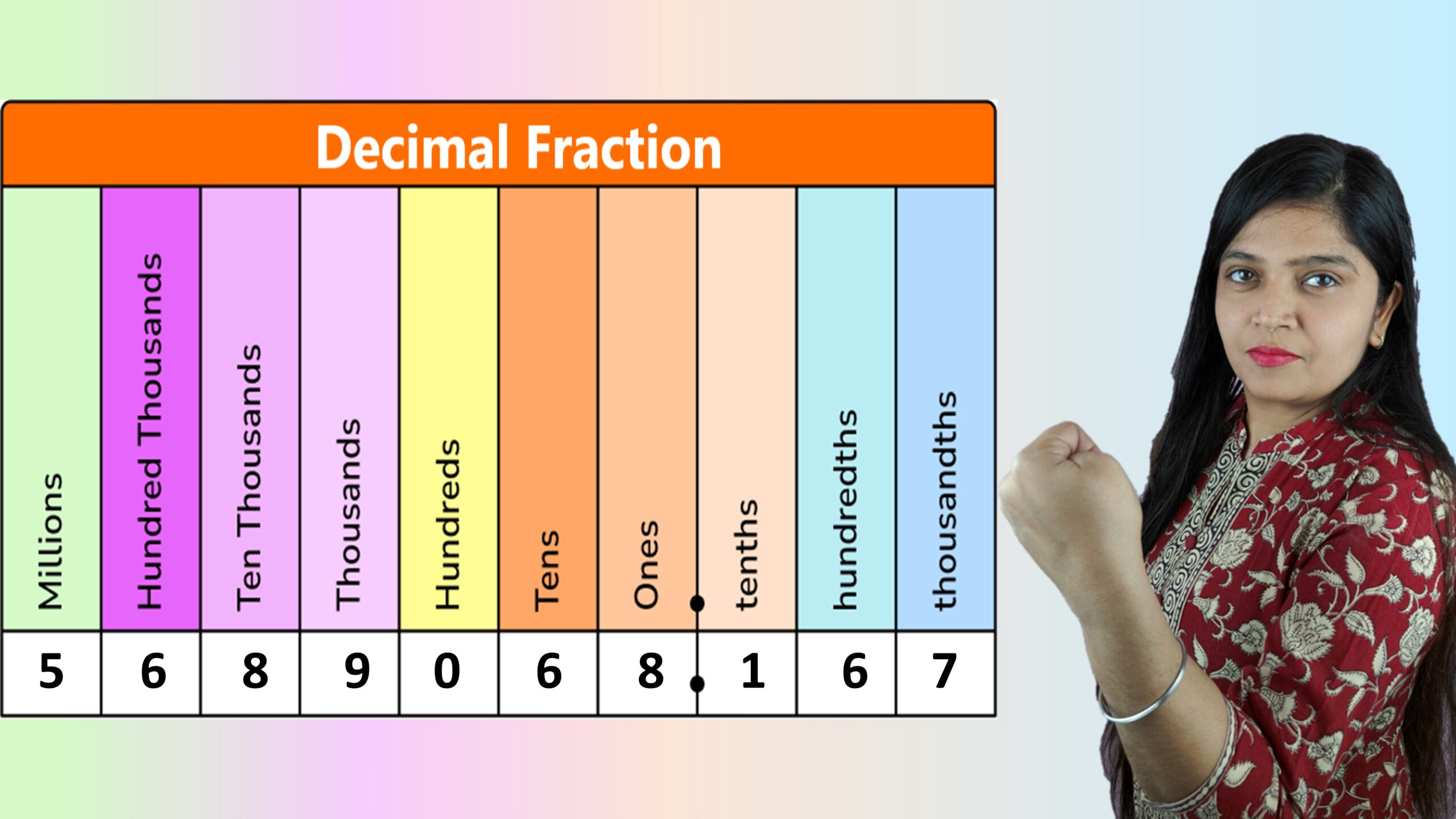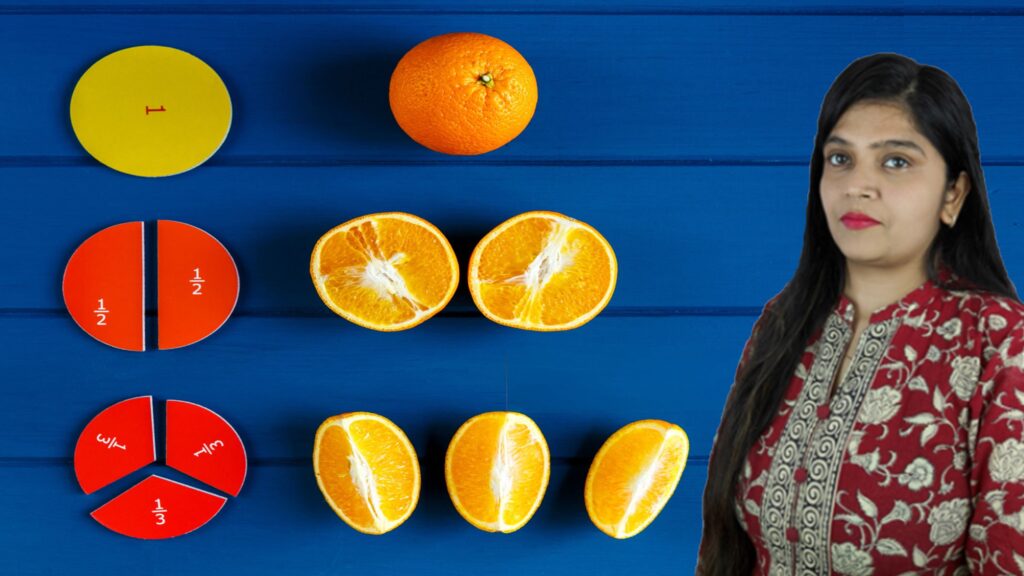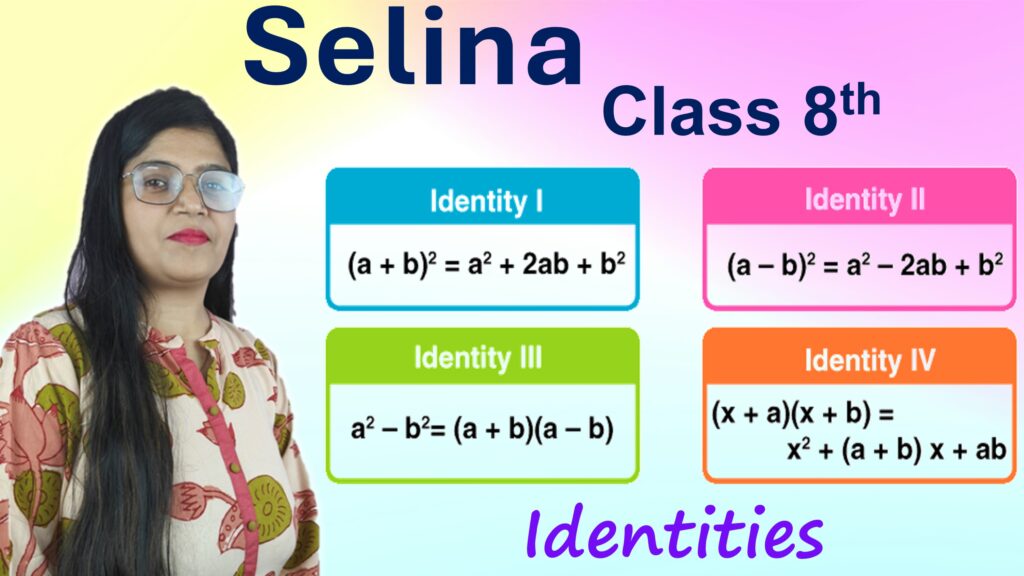Exercise: 4-B
Q1: Add:
i. 0.5 and 0.37
0.50 + 0.37 ─────── 0.87
Answer: 0.87
ii. 3.8 and 8.7
3.8 + 8.7 ────── 12.5
Answer: 12.5
iii. 0.02, 0.008 and 0.309
0.020 + 0.008 + 0.309 ──────── 0.337
Answer: 0.337
iv. 0.4136, 0.3195 and 0.52
0.4136 + 0.3195 + 0.5200 ───────── 1.2531
Answer: 1.2531
v. 9.25, 3.4 and 6.666
9.250 + 3.400 + 6.666 ──────── 19.316
Answer: 19.316
vi. 3.007, 0.587 and 18.341
3.007 + 0.587 +18.341 ──────── 21.935
Answer: 21.935
vii. 0.2, 0.02 and 2.0002
0.2000 + 0.0200 + 2.0002 ───────── 2.2202
Answer: 2.2202
viii. 6.08, 60.8, 0.608 and 0.0608
6.0800 +60.8000 + 0.6080 + 0.0608 ────────── 67.5488
Answer: 67.5488
ix. 29.03, 0.0003, 0.3 and 7.2
29.0300 + 0.0003 + 0.3000 + 7.2000 ────────── 36.5303
Answer: 36.5303
x. 3.4, 2.025, 9.36 and 3.6221
3.4000 + 2.0250 + 9.3600 + 3.6221 ────────── 18.4071
Answer: 18.4071
Q2: Subtract the first number from the second:
i. Subtract 5.4 from 9.8
9.8 − 5.4 ───── 4.4
Answer: 4.4
ii. Subtract 0.16 from 4.3
4.30 − 0.16 ────── 4.14
Answer: 4.14
iii. Subtract 0.82 from 8.6
8.60 − 0.82 ────── 7.78
Answer: 7.78
iv. Subtract 0.07 from 8.43
8.43 − 0.07 ────── 8.36
Answer: 8.36
v. Subtract 2.237 from 9.425
9.425 − 2.237 ─────── 7.188
Answer: 7.188
vi. Subtract 41.03 from 59.46
59.46 −41.03 ────── 18.43
Answer: 18.43
vii. Subtract 3.92 from 26.86
26.86 − 3.92 ────── 22.94
Answer: 22.94
viii. Subtract 4.73 from 8.5
8.50 −4.73 ───── 3.77
Answer: 3.77
ix. Subtract 12.63 from 36.2
36.20 −12.63 ────── 23.57
Answer: 23.57
x. Subtract 0.845 from 3.71
3.710 −0.845 ────── 2.865
Answer: 2.865
Q3: Simplify:
i. \(28.796 – 13.42 – 2.555\)
Step 1: Add 13.42 and 2.555
13.420 + 2.555 ─────── 15.975
Step 2: Subtract result from 28.796
28.796 −15.975 ─────── 12.821
Answer: 12.821
ii. \(93.354 – 62.82 – 13.045\)
Step 1: Add 62.82 and 13.045
62.820 +13.045 ─────── 75.865
Step 2: Subtract result from 93.354
93.354 −75.865 ─────── 17.489
Answer: 17.489
iii. \(36 – 18.59 – 3.2\)
Step 1: Add 18.59 and 3.2
18.590 + 3.200 ─────── 21.790
Step 2: Subtract result from 36
36.000 −21.790 ─────── 14.210
Answer: 14.210
iv. \(86 + 16.95 – 3.0042\)
Step 1: Add 86 and 16.95
86.0000 +16.9500 ──────── 102.9500
Step 2: Subtract 3.0042 from result
102.9500 − 3.0042 ──────── 99.9458
Answer: 99.9458
v. \(32.8 – 13 – 10.725 + 3.517\)
Step 1: Add 13 and 10.725
13.000 +10.725 ─────── 23.725
Step 2: Add 32.8 and 3.517
32.800 + 3.517 ─────── 36.317
Step 3: Subtract 23.725 from 36.317
36.317 −23.725 ─────── 12.592
Answer: 12.592
vi. \(4000 – 30.51 – 753.101 – 69.43\)
Step 1: Add 30.51, 753.101, and 69.43
30.510 +753.101 + 69.430 ───────── 853.041
Step 2: Subtract 853.041 from 4000
4000.000 −853.041 ──────── 3146.959
Answer: 3146.959
vii. \(0.1835 + 163.2005 – 25.9 – 100\)
Step 1: Add 0.1835 and 163.2005
0.1835 +163.2005 ───────── 163.3840
Step 2: Add 25.9 and 100
25.900 +100.000 ──────── 125.900
Step 3: Subtract 125.9 from 163.384
163.384 −125.900 ──────── 37.484
Answer: 37.484
viii. \(38.00 – 30 + 200.200 – 0.230\)
Step 1: Add 38.00 and 200.200
38.000 +200.200 ──────── 238.200
Step 2: Add 30 and 0.230
30.000 + 0.230 ──────── 30.230
Step 3: Subtract 30.230 from 238.200
238.200 −30.230 ──────── 207.970
Answer: 207.970
ix. \(555.555 + 55.555 – 5.55 – 0.555\)
Step 1: Add 555.555 and 55.555
555.555 +55.555 ─────── 611.110
Step 2: Add 5.55 and 0.555
5.550 +0.555 ────── 6.105
Step 3: Subtract 6.105 from 611.110
611.110 − 6.105 ─────── 605.005
Answer: 605.005
Q4: Find the difference between 6.85 and 0.685.
Step 1: Write the numbers aligning the decimal points.
6.850 -0.685 ──────
Step 2: Subtract the digits starting from the right.
6.850 - 0.685 ────── 6.165
Answer: The difference is 6.165.
Q5: Take out the sum of 19.38 and 56.025 from 200.111.
Step 1: Find the sum of 19.38 and 56.025. Align decimals and add:
19.380 + 56.025 ─────── 75.405
Step 2: Subtract the sum (75.405) from 200.111. Align decimals and subtract:
200.111 -75.405 ──────── 124.706
Answer: The result is 124.706.
Q6: Add 13.95 and 1.003, and from the result, subtract the sum of 2.794 and 6.2.
Step 1: Add 13.95 and 1.003. Align decimals and add:
13.950 +1.003 ─────── 14.953
Step 2: Add 2.794 and 6.2. Align decimals and add:
2.794 +6.200 ─────── 8.994
Step 3: Subtract the sum (8.994) from the first result (14.953):
14.953 -8.994 ─────── 5.959
Answer: The final result is 5.959.
Q7: What should be added to 39.587 to give 80.375?
Step 1: Let the number to be added be \( x \). Then, \[ 39.587 + x = 80.375 \]Step 2: Rearrange to find \( x \): \[ x = 80.375 – 39.587 \]Step 3: Subtract \( 39.587 \) from \( 80.375 \):
80.375 - 39.587 ─────── 40.788
Answer: The number to be added is 40.788.
Q8: What should be subtracted from 100 to give 19.29?
Step 1: Let the number to be subtracted be \( x \). Then, \[ 100 – x = 19.29 \]Step 2: Rearrange to find \( x \): \[ x = 100 – 19.29 \]Step 3: Subtract \( 19.29 \) from \( 100 \):
100.00 -19.29 ─────── 80.71
Answer: The number to be subtracted is 80.71.
Q9: What is excess of 584.29 over 213.95?
Step 1: Excess means the difference between the two numbers, i.e., subtract the smaller number from the larger number. \[ \text{Excess} = 584.29 – 213.95 \]Step 2: Perform the subtraction:
584.29 - 213.95 ─────── 370.34
Answer: The excess of 584.29 over 213.95 is 370.34.
Q10: Evaluate:
i. \(\left(5.4 – 0.8\right) + \left(2.97 – 1.462\right)\)
Step 1: Calculate \(5.4 – 0.8\):
5.4 - 0.8 ──── 4.6
Step 2: Calculate \(2.97 – 1.462\):
2.970 - 1.462 ────── 1.508
Step 3: Add the two results:
4.6 + 1.508 ────── 6.108
Answer: \(6.108\)
ii. \(\left(6.25 + 0.36\right) – \left(17.2 – 8.97\right)\)
Step 1: Calculate \(6.25 + 0.36\):
6.25 + 0.36 ───── 6.61
Step 2: Calculate \(17.2 – 8.97\):
17.20 - 8.97 ───── 8.23
Step 3: Subtract the second result from the first:
6.61 - 8.23 ───── -1.62
Answer: \(-1.62\)
iii. \(9.004 + \left(3 – 2.462\right)\)
Step 1: Calculate \(3 – 2.462\):
3.000 - 2.462 ───── 0.538
Step 2: Add the result to \(9.004\):
9.004 + 0.538 ───── 9.542
Answer: \(9.542\)
iv. \(879.4 – \left(87.94 – 8.794\right)\)
Step 1: Calculate \(87.94 – 8.794\):
87.940 -8.794 ────── 79.146
Step 2: Subtract the result from \(879.4\):
879.400 -79.146 ─────── 800.254
Answer: \(800.254\)
Q11: What is the excess of 75 over 48.29?
Step 1: Write the expression for excess: \[ \text{Excess} = 75 – 48.29 \]Step 2: Subtract 48.29 from 75:
75.00 - 48.29 ─────── 26.71
Answer: \(26.71\)
Q12: If A = 237.98 and B = 83.47. Find:
i. \( A – B \)
Step 1: Write the subtraction expression: \[ A – B = 237.98 – 83.47 \]Step 2: Perform the subtraction:
237.98 - 83.47 ─────── 154.51
Answer: \(154.51\)
ii. \( B – A \)
Step 1: Write the subtraction expression: \[ B – A = 83.47 – 237.98 \]Step 2: Perform the subtraction (result will be negative):
83.47 -237.98 ─────── -154.51
Answer: \(-154.51\)
Q13: The cost of one kg of sugar increases from ₹28.47 to ₹32.65. Find the increase in cost.
Step 1: Write the expression for increase in cost: \[ \text{Increase} = 32.65 – 28.47 \]Step 2: Subtract the original cost from the new cost:
32.65 - 28.47 ─────── 4.18
Answer: ₹4.18







Leave a Comment